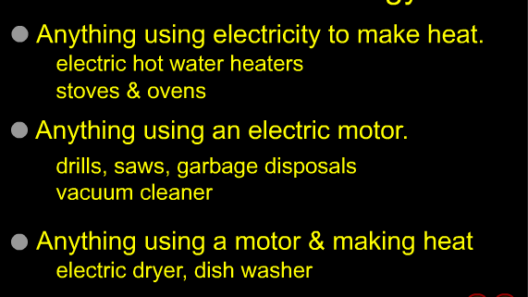As the world grapples with the increasing impacts of climate change and the excessive consumption of conventional energy sources, the need for innovative solutions to conserve electricity has never been more urgent. Solar power offers a transformative opportunity, promising not only a shift in how we perceive energy consumption but also a pathway to sustainable living. This article delves into the multifaceted ways we can conserve electricity through solar power, exploring its mechanisms, benefits, and the steps individuals and communities can take.
Solar power harnesses the sun’s radiant energy, employing cutting-edge technologies to convert this abundant resource into usable electricity. The primary technologies involved include photovoltaic (PV) systems, solar thermal energy, and concentrating solar power (CSP). Each of these methods provides distinct avenues for energy conservation and management.
Utilization of Photovoltaic Systems
Photovoltaic systems are perhaps the most widely recognized form of solar technology. By installing solar panels on rooftops or in open spaces, households and businesses can generate their own electricity. This decentralization of energy production not only reduces dependence on the grid but also enhances resilience against price fluctuations and outages.
In many regions, net metering policies allow solar system owners to sell any excess electricity generated back to the grid. This creates a financial incentive for individuals to invest in solar energy, essentially turning their homes into miniature power plants. The implications are profound: as more people adopt PV systems, overall energy demand declines, leading to reduced reliance on fossil fuels.
Integrating Battery Storage Systems
The incorporation of battery storage systems can amplify the benefits of solar energy. Solar panels generate electricity during the day, yet household energy consumption often peaks in the evening. By storing surplus energy generated during sunlight hours, homeowners can utilize this power when the sun goes down. This strategic use of energy drastically reduces the need for grid electricity, particularly during high-demand periods.
Moreover, battery systems help mitigate the intermittent nature of solar power. With advancements in technology, modern batteries have become more efficient and cost-effective, making them a viable option for many residential and commercial users. As a result, the overall capacity of solar energy systems can be maximized, leading to significant reductions in electricity usage from conventional sources.
Adoption of Solar Thermal Energy
Solar thermal energy is another impactful avenue for electricity conservation. This method utilizes sunlight to generate heat, which can be employed for various applications, including heating water for residential use or powering heating systems within buildings. By harnessing this thermal energy, individuals can drastically cut down energy consumption typically reliant on electricity or gas.
Solar water heaters are a fantastic investment for households aiming to conserve energy. They can reduce water heating bills significantly, and in many climates, they can function efficiently throughout the year. This not only protects the environment by lowering carbon footprints but also leads to substantial cost savings over time.
Community Solar Initiatives
In situations where individuals cannot install solar panels—due to shading, funding, or rental agreements—community solar projects present an innovative alternative. These initiatives allow multiple participants to invest in a shared solar array, reaping the benefits without the responsibility of individual installations. Community solar projects can lower energy costs for participants and promote a collective commitment to sustainability.
Furthermore, such projects foster an awareness of energy consumption amongst community members. By participating in community solar programs, individuals typically become more conscientious about their energy usage patterns, leading to further conservation measures such as energy audits and efficiency upgrades.
Innovative Energy Management Systems
The advent of smart technology has revolutionized energy management. Smart home systems can sync with solar installations to monitor and optimize electricity usage in real-time. These systems analyze patterns in energy consumption and make automatic adjustments to reduce usage during peak times or to prioritize solar-generated energy.
By equipping homes with these technologies, residents gain unparalleled control over their energy consumption. This not only fosters a culture of conservation but also prepares consumers for a future influenced by smart grids and dynamic energy pricing.
Education and Advocacy
Finally, the role of education and advocacy cannot be overstated in the quest for electricity conservation via solar power. Knowledge is power. The more individuals understand the mechanics of solar energy and the importance of electricity conservation, the more likely they are to engage with and implement sustainable practices.
Communities and organizations should prioritize educational initiatives that illuminate the benefits of solar power and energy conservation strategies. Workshops, seminars, and online resources can empower individuals to make informed decisions, ultimately contributing to a larger movement toward renewable energy adoption.
Conclusion
As we confront the pressing challenges of climate change and energy consumption, solar power emerges as a beacon of hope and promise. It provides tangible solutions for conserving electricity while also fostering a sustainable future. Adopting solar technology, implementing energy-efficient practices, and engaging with community initiatives are steps that can lead to a transformative shift in our relationship with energy. This multifaceted approach not only conserves electricity but also cultivates a culture of environmental stewardship, where each individual recognizes their role in protecting the planet.








